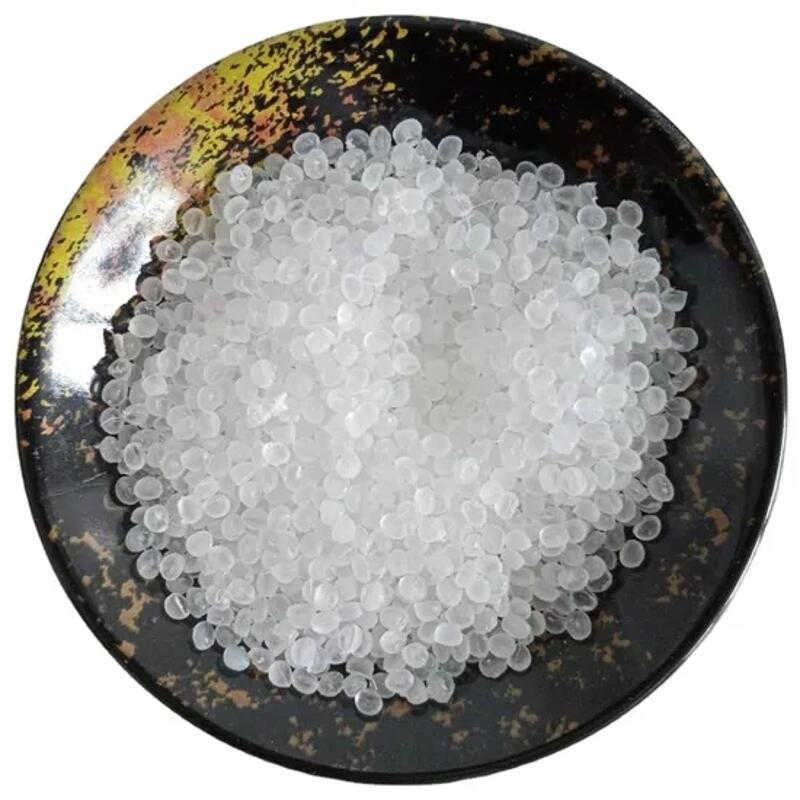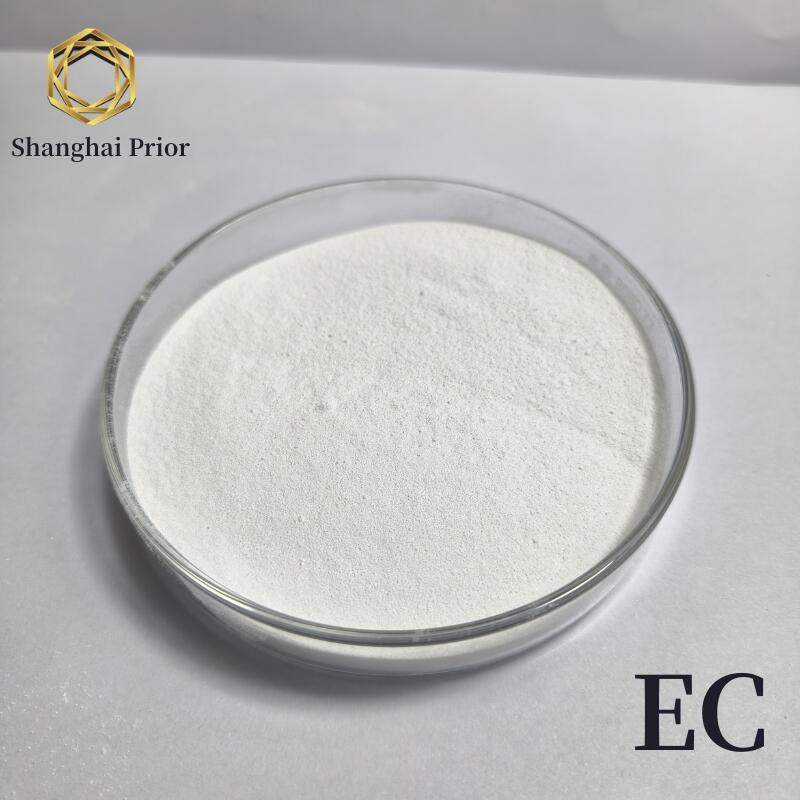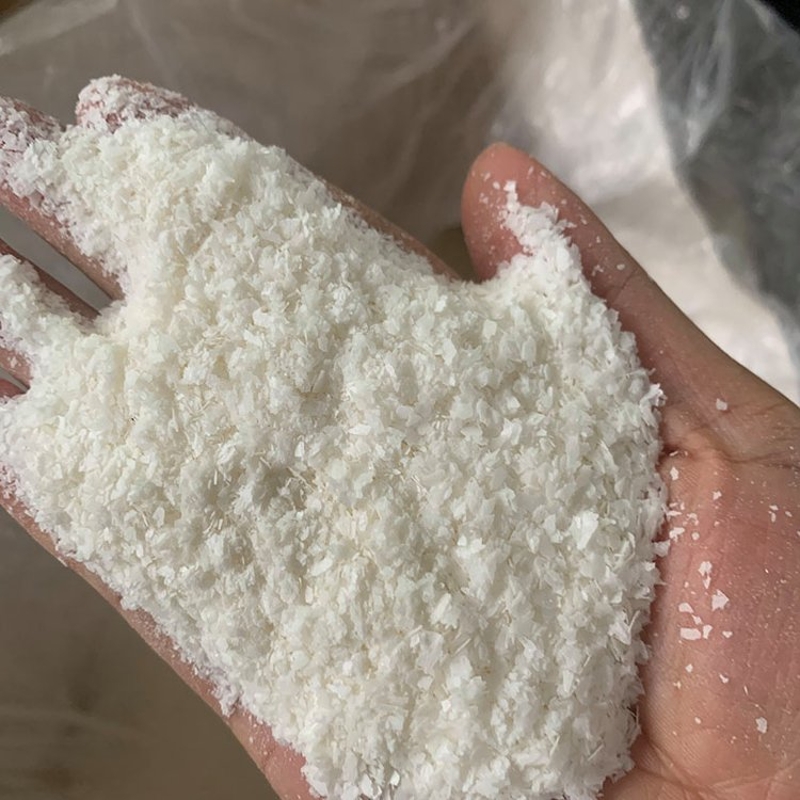-
Categories
-
Pharmaceutical Intermediates
-
Active Pharmaceutical Ingredients
-
Food Additives
- Industrial Coatings
- Agrochemicals
- Dyes and Pigments
- Surfactant
- Flavors and Fragrances
- Chemical Reagents
- Catalyst and Auxiliary
- Natural Products
- Inorganic Chemistry
-
Organic Chemistry
-
Biochemical Engineering
- Analytical Chemistry
-
Cosmetic Ingredient
- Water Treatment Chemical
-
Pharmaceutical Intermediates
Promotion
ECHEMI Mall
Wholesale
Weekly Price
Exhibition
News
-
Trade Service
Epoxy resins are thermoplastic resins containing α-methylethylene oxide that can be chemically crosslinked to form non-molten thermosetting polymers
.
Chemically speaking, epoxy resin refers to a class of substances
that contain two or more epoxy groups at the end of molecules, between cyclic structures, or other intermediate positions, and can also be chemically crosslinked to form thermosetting solids.
Because epoxy resin has excellent anticorrosion, insulation, heat resistance, flexibility and decoration, epoxy powder coatings are mostly used in online coating coatingol.
com
in pipelines, steel bars, valves, coils, interior decoration, insulation and other fields.
Common epoxy resin curing agents include amine and phenol curing agents, and their structural characteristics determine that the coating has specific physical and chemical properties
.
Bisphenol A epoxy resin
Bisphenol A type epoxy resin is obtained by polymerization of bisphenol A and epichlorohydrin, according to different synthesis methods, there are two steps: one-step and two-step
method.
Epoxy value, softening point, organochlorine, inorganic chlorine are important indicators
to evaluate the performance of epoxy resin.
The structure of bisphenol A has excellent anti-corrosion properties, thermal stability, and certain rigidity, which is convenient for powder storage and grinding
.
Ether bonds have excellent flexibility and hydrolysis resistance, hydroxyl groups improve the adhesion of the coating to the substrate, and epoxy groups provide cured crosslinked
groups.
n is the number of repeating units, the larger the n value, the higher the epoxy resin model, the longer the molecular chain, the greater the molecular weight, the greater the viscosity, the lower the epoxy value, the higher the epoxy equivalent, and the better
the flexibility.
Hydrogenated bisphenol A epoxy resin
Bisphenol A type epoxy resin contains a large number of benzene rings, poor weather resistance, epoxy powder coating made of it can not be used
outdoors.
The benzene ring in the epoxy resin is replaced with a saturated six-membered ring, which is called hydrogenated bisphenol A epoxy resin, and the molecular structure of hydrogenated bisphenol A epoxy resin is shown in Figure 2, and R2 and R3 represent methyl groups
.
Hydrogenated BPA epoxy resin not only has the advantages of BPA epoxy resin, but also has excellent weather resistance
.
The physical and mechanical properties of the coating film generated after the curing of hydrogenated bisphenol A epoxy resin have basically remained unchanged after 1000h aging, and its weather resistance has been improved
compared with bisphenol A epoxy resin.
Multifunctional epoxy resin
The function of bisphenol A type epoxy resin is 2, the crosslinking density of the coating film is low, and the heat resistance and corrosion resistance are poor
.
The multifunctional epoxy resin has a functional degree greater than 2, the crosslinking density of the coating film after curing is high, and the anti-corrosion performance is good, and the functionality of the polyfunctional epoxy resin commonly used in powder coatings is 4, such as: tetraphenolylethane epoxy resin.
Tetraphenolylethane epoxy resin, also known as tetraphenolethane tetraglycidyl ether (t-PGEE), is a phenolic epoxy resin, which is prepared by the reaction of phenol and glyoxal in the presence of an acidic catalyst, and then reacted with epichlorohydrin under the catalysis of sodium hydroxide
.
Tetraphenolylethane epoxy resin is solid at room temperature, softening point 75~80 °C, epoxy value 0.
45~0.
50mol/100g, molecular structure is shown in Figure 3
.
Tetraphenol ethane epoxy resin contains four epoxy groups, and the crosslinking density of the coating film after curing is large, which improves the anti-corrosion and temperature resistance of hot melt epoxy pipe coatings
.
Nitrile rubber modified epoxy resin
Steel bars used in large-scale projects such as high-speed railways and cross-sea bridges need to be sprayed with epoxy powder coatings to improve corrosion resistance, and oil and gas transmission pipelines also need to be sprayed with epoxy powder coatings to extend service life
.
The steel bar is bent at low temperatures, and cracks cannot appear in the coating film; Oil pipelines bend the coating film without cracks at -30 °C, and these tests put forward high requirements for the flexibility of the coating film, which is difficult for ordinary bisphenol A epoxy resin to meet
.
Therefore, it is necessary to toughen and modify ordinary epoxy
resins.
Nitrile rubber modified epoxy resin came into being, and the synthesis process is shown in Figure 4
.
The rubber molecule is linked to the epoxy resin, and then through the epoxy resin and the curing agent reaction, the nitrile rubber chain segment is connected to the coating film macromolecular chain, because the nitrile rubber has strong compliance, it and the epoxy resin rigid chain form a "sea-island" structure, effectively improve the flexibility of the coating film, avoid the coating film in
the low temperature bending cracking.
Silicone-modified epoxy resin
The Si-O bond energy is very high, 106 kcal/mol; In addition, Si-O bonds are easy to rotate, and polymer molecular chains containing Si-0 bonds are highly coiled and highly compliant
.
Therefore, the introduction of Si-0 bonds into epoxy resin can not only improve the flexibility of the coating film, but also improve the heat resistance of the coating film
.
The polysiloxane obtained from four silicone monomers of methyl, phenyl, hydroxyl and ethoxy polysilicone ether and epoxy resin undergo grafting reaction under the action of catalyst, and the Tg of the coating film after modification is increased by 92 °C, Ti (thermal decomposition starting temperature) and Tox (thermal decomposition peak temperature) are increased by about 30 °C, which greatly improves the heat resistance of the coating film
.
The introduction of Si-0 bonds into multifunctional epoxy resins not only has the high crosslinking density and heavy corrosion resistance provided by polyfunctional epoxy resins, but also has the flexibility and heat resistance provided by Si-O bonds, and the comprehensive performance is better
.
The structure of tetrafunctional silicon modified epoxy resin (TG-Siloxane) is shown in Figure 5
.
High film glass transition temperature
(Tg) epoxy resin
High film glass transition temperature (Tg) epoxy resin refers to a class of epoxy resin with a high glass transition temperature (Tg) of the coated film obtained after curing, usually coated with a Tg ≥ 120 °C
.
Ordinary bisphenol A type epoxy powder coating film Tg< 120 °C, can not transport high temperature oil and gas, high film Tg epoxy resin is to solve this problem, the structure is shown in Figure 6, the substituent can be halogen or benzene ring
.
In ordinary bisphenol A type epoxy resin, the substituent is H or CH3, the steric hindrance is small, the coating chain segment is easy to move, and the coating film Tg is low
.
The substituents in the high film Tg epoxy resin are halogen or benzene rings, which have large steric hindrance, difficult chain movement, and the coating film Tg can reach 160 °C after curing, which expands the use range of
epoxy powder coatings.
Another way to prepare high-film Tg epoxy resin is to replace the glycerol ether structure in ordinary bisphenol A type epoxy resin with hydroxyl ether, ketone ether or rigid ring structure
.
Ordinary bisphenol A type epoxy resin contains glycerol ether structure, which improves the flexibility of epoxy resin and also reduces the Tg
of the coating film.
The glycerol ether structure in ordinary epoxy resin is replaced with hydroxyl ether, ketone ether or rigid ring structure, which improves the rigidity of the molecular backbone and makes it difficult for the molecular chain segment to move, thereby greatly improving the coating film Tg
.
After curing, the Tg of this resin coating film can reach more than
180°C.
Bisphenol S type epoxy resin can also improve the Tg
of the coating film.
Because the interaction between the sulfone groups themselves in the bisphenol S type epoxy resin and the hydrogen bonds formed between the sulfone groups and the hydroxyl groups bind the sliding between molecules, thereby increasing the Tg
of the coating film.
Bisphenol S type epoxy resin also has excellent heat resistance, and the heat distortion temperature is 60 and 70 °C
higher than that of bisphenol A type epoxy resin.
The structure of bisphenol S-type epoxy resin is shown in Figure 7
.
Amine curing agent
Amine curing agent refers to a class of curing agent containing N-H bonds, and the typical amine curing agent is dicyandiamide, the structure is shown in Figure 8
.
Due to the strong electron-absorbing ability of the -CN group, the reactivity of N-H in dicyandiamide molecules is poor, and imidazole accelerators
are usually added.
-CN is replaced by o-toluene to obtain substituted dicyandiamine, the structure is shown in Figure 9, which improves the reactivity of dicyandiamide and can reduce the curing temperature
.
The imidazole accelerator is mixed with dicyandiamide and substituted dicyandiamide to obtain accelerated dicyandiamide or accelerated substituted dicyandiamine
.
From the perspective of curing groups, -NH in acyl traps such as adipic acid diacyl traps (ADH) reacts with epoxy groups, and it can also be regarded as an amine curing agent, which is mainly used in the field of
pipe powder and insulating powder.
Imidazole contains N-H, and it is very active, it can not only play the role of accelerator, but also can react with epoxy resin, it can also be regarded as an amine curing agent
of epoxy resin.
Phenolic curing agent
From the molecular structure, phenolic curing agent can be regarded as an epoxy resin with a double phenol A cap, from this point of view, various types of epoxy resin can be prepared corresponding to phenolic curing agent, therefore, phenolic curing agent has a wide range of types, with different
characteristics.
As an epoxy curing agent that is popular in China, phenolic curing agent has many advantages
.
Phenolic curing agent is similar in structure to epoxy resin and has good compatibility; Contains a large amount of hydroxyl groups, good
coating adhesion.
Phenolic hydroxyl groups have strong polarity, fast curing speed and low
temperature.
Adding accelerators and leveling agents to phenolic curing agents can be prepared to obtain phenolic curing agents
at low temperature.
The synthesis reaction of phenolic curing agents is shown in Figure 10
.
Conclusion
Epoxy powder coatings will be more and more widely used in functional fields such as decoration, anti-corrosion, and insulation, and it is difficult to meet all performance requirements
by relying on one or several epoxy resins or a single curing agent.
Therefore, it is necessary to modify the epoxy resin or design a new structure of the epoxy resin
.
Suitable epoxy resins and curing agents can produce epoxy powder coatings
with special properties.







